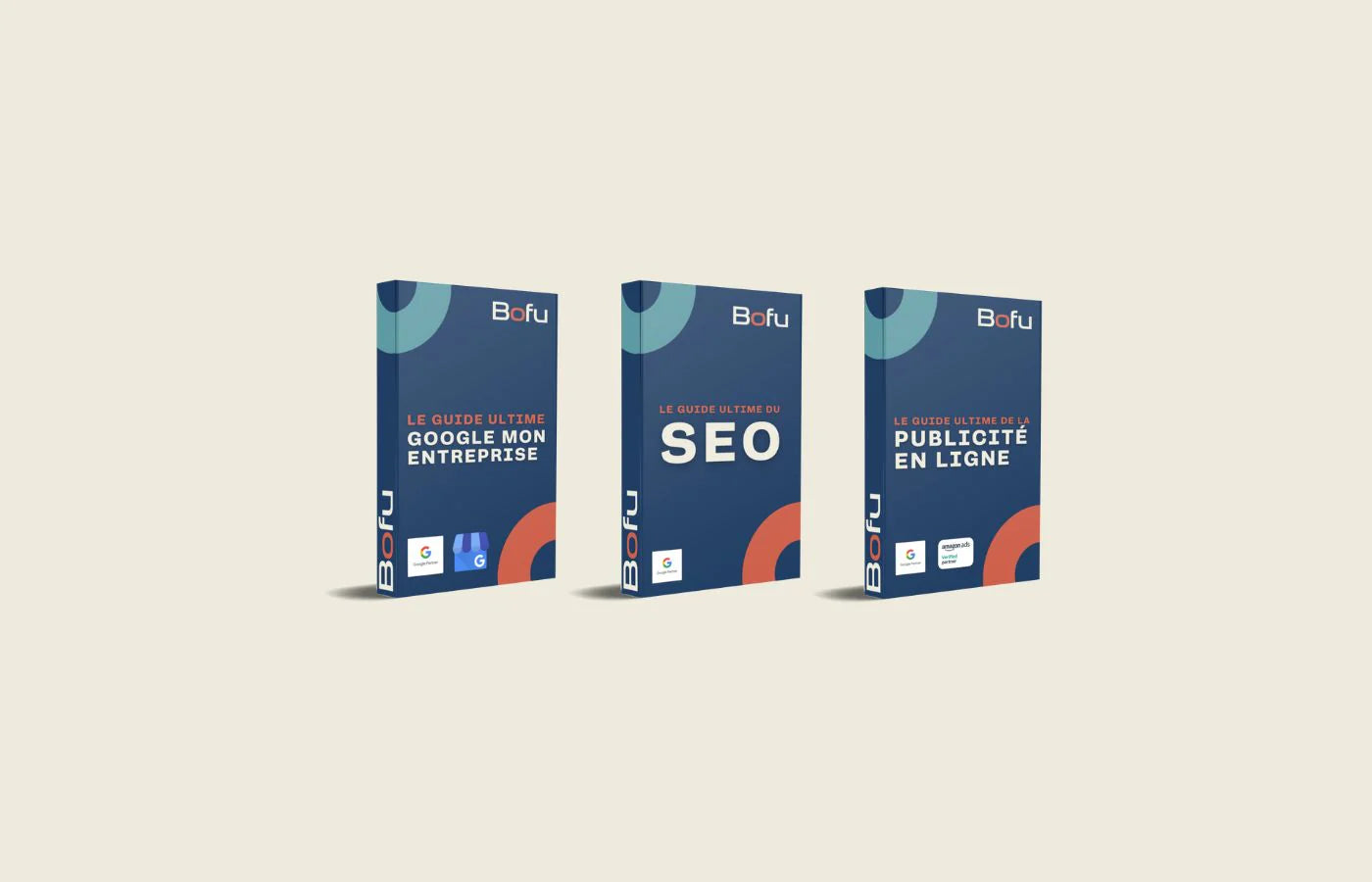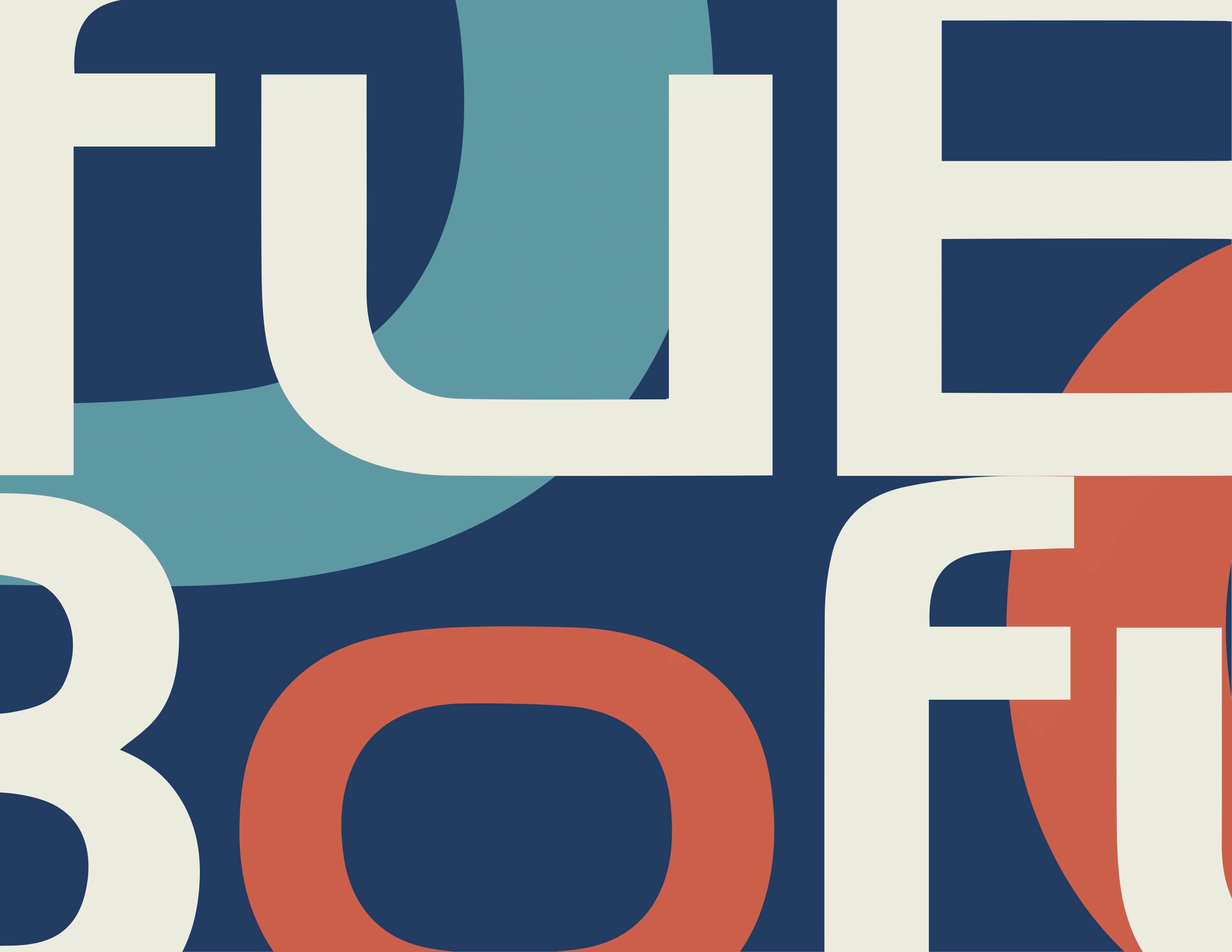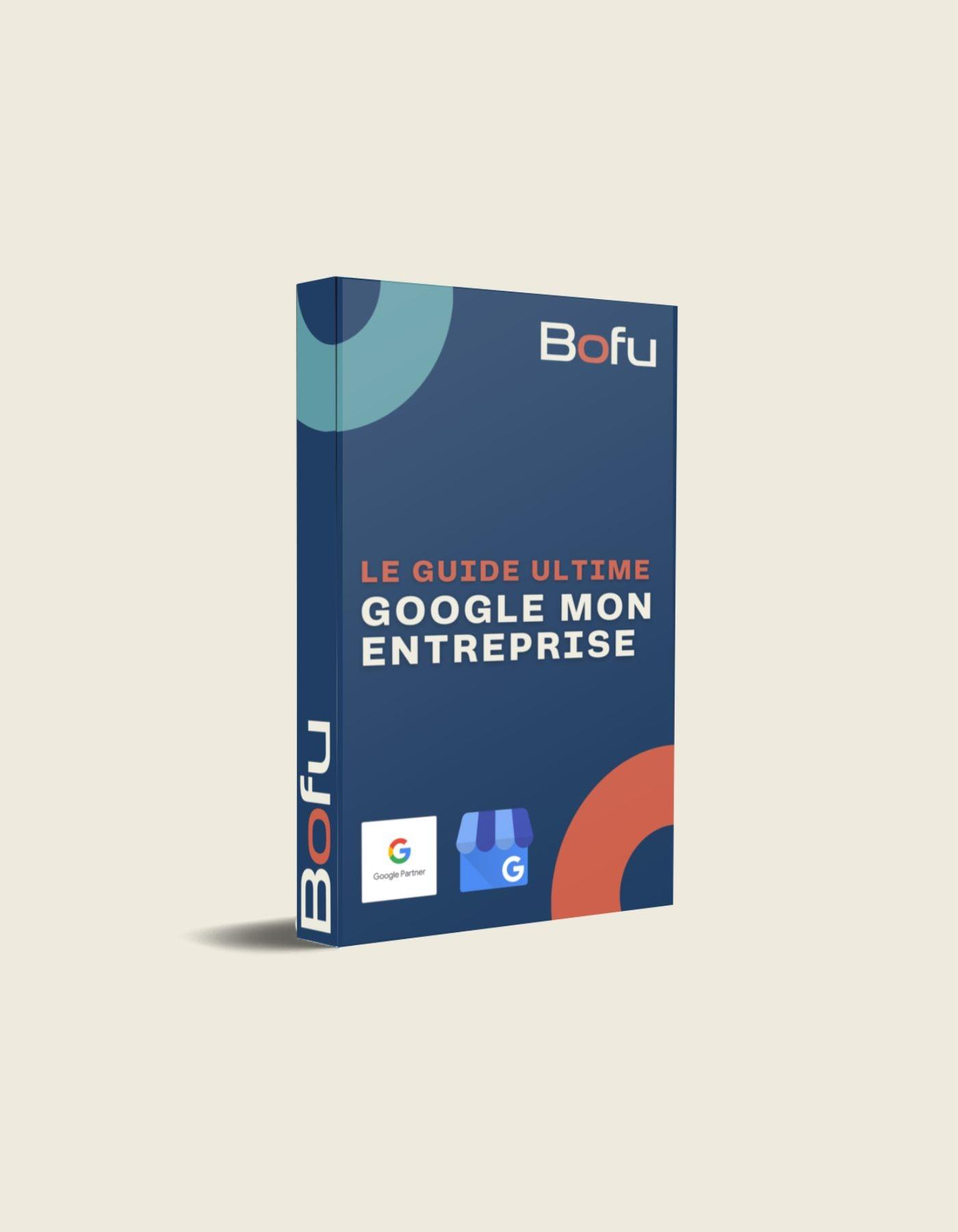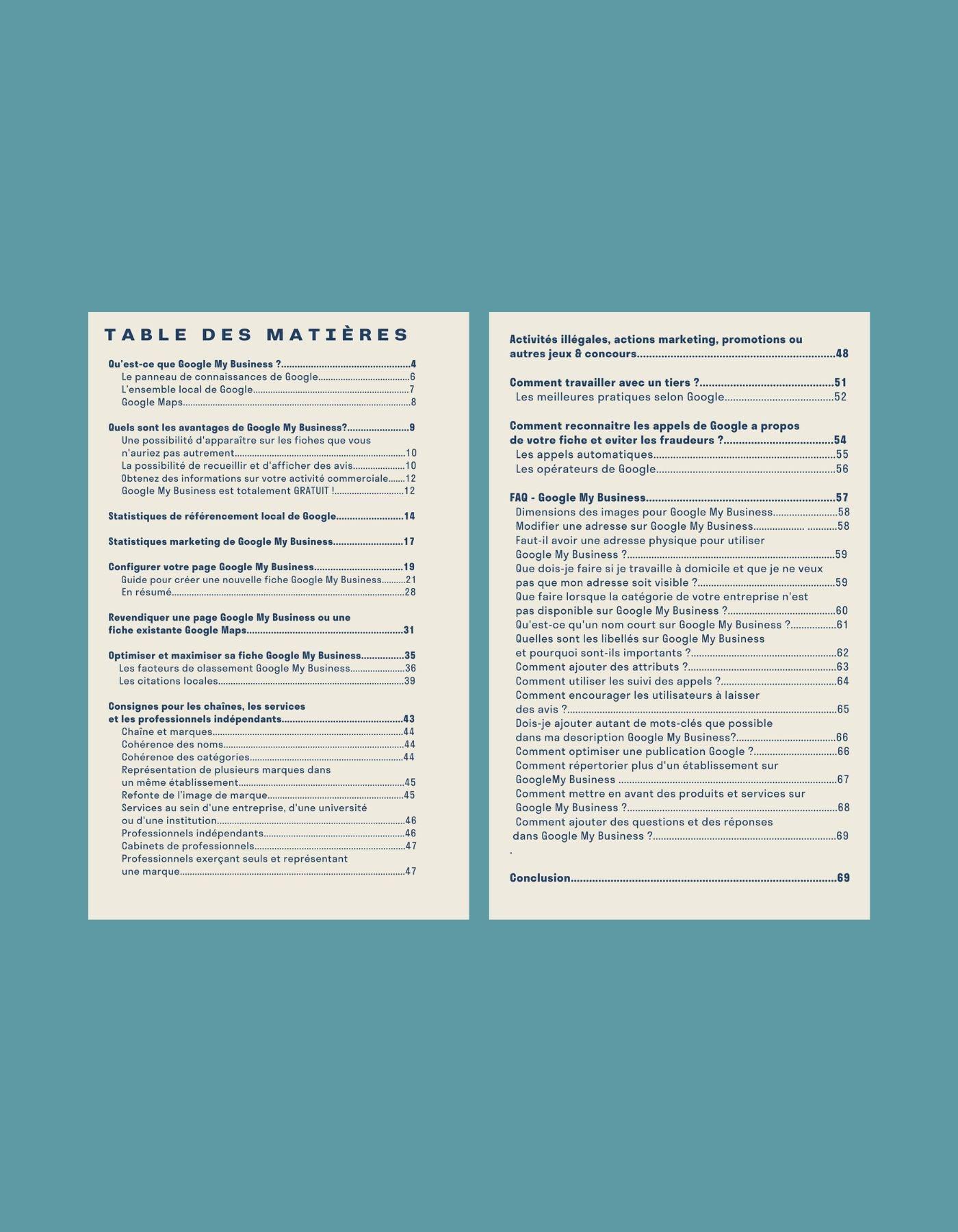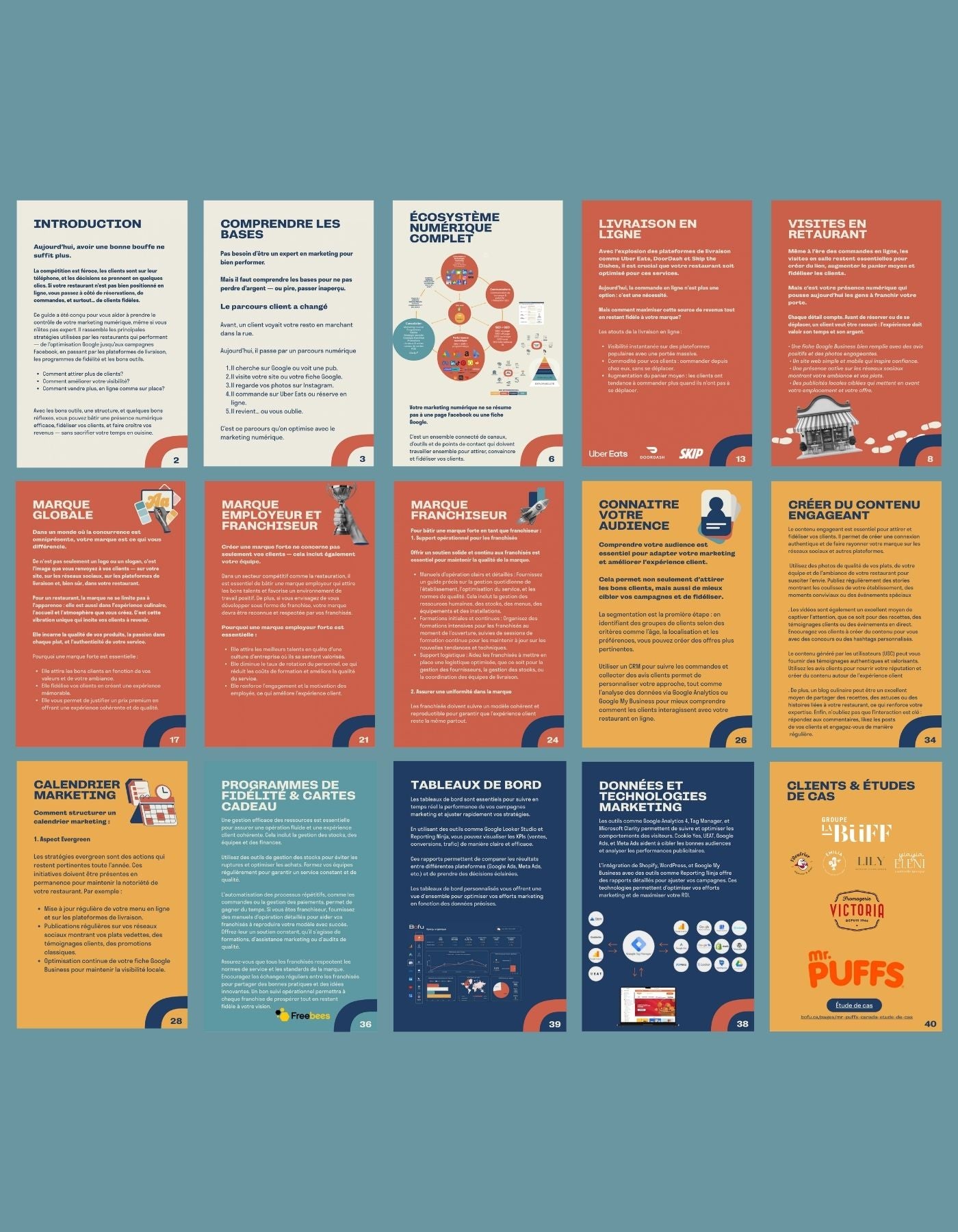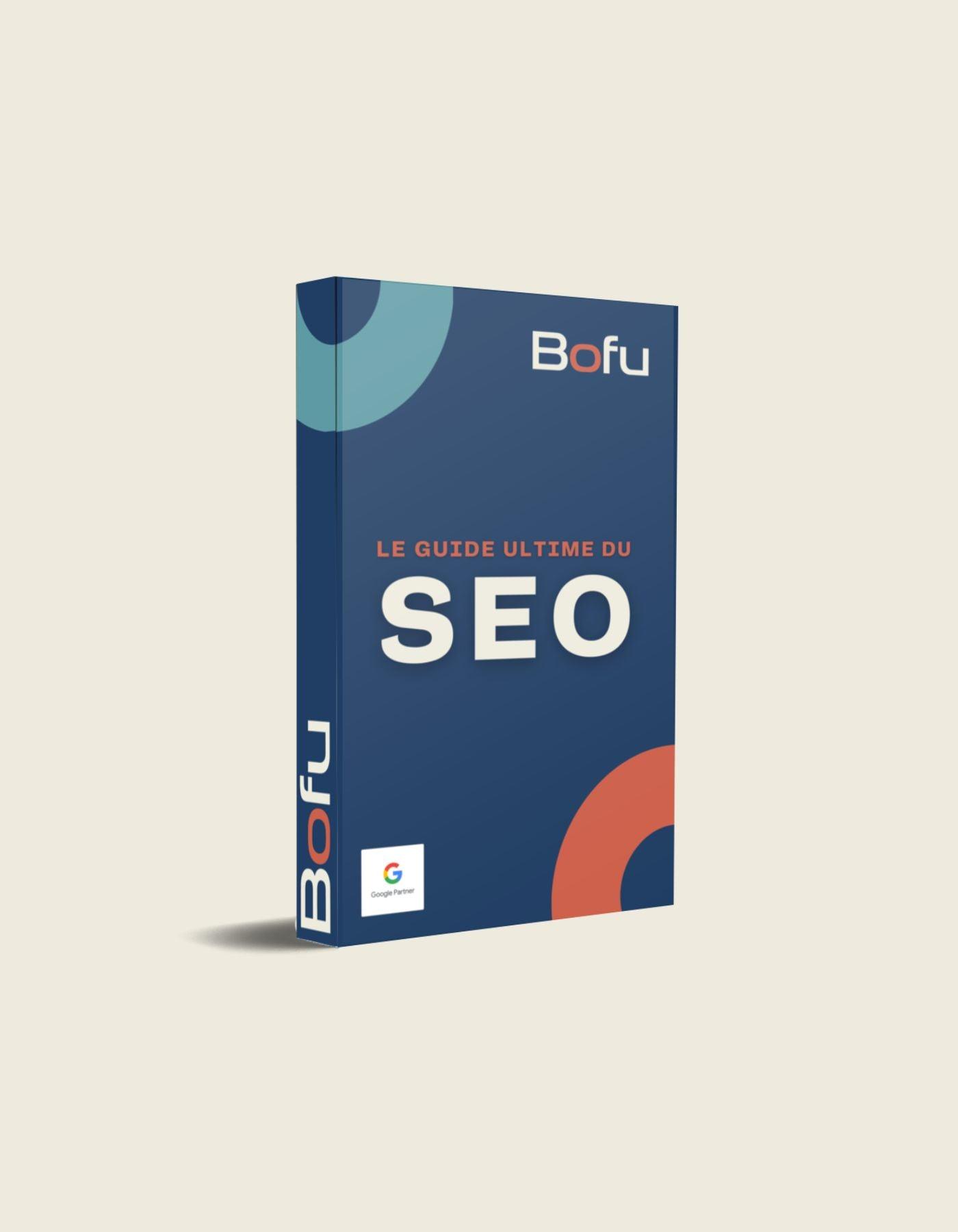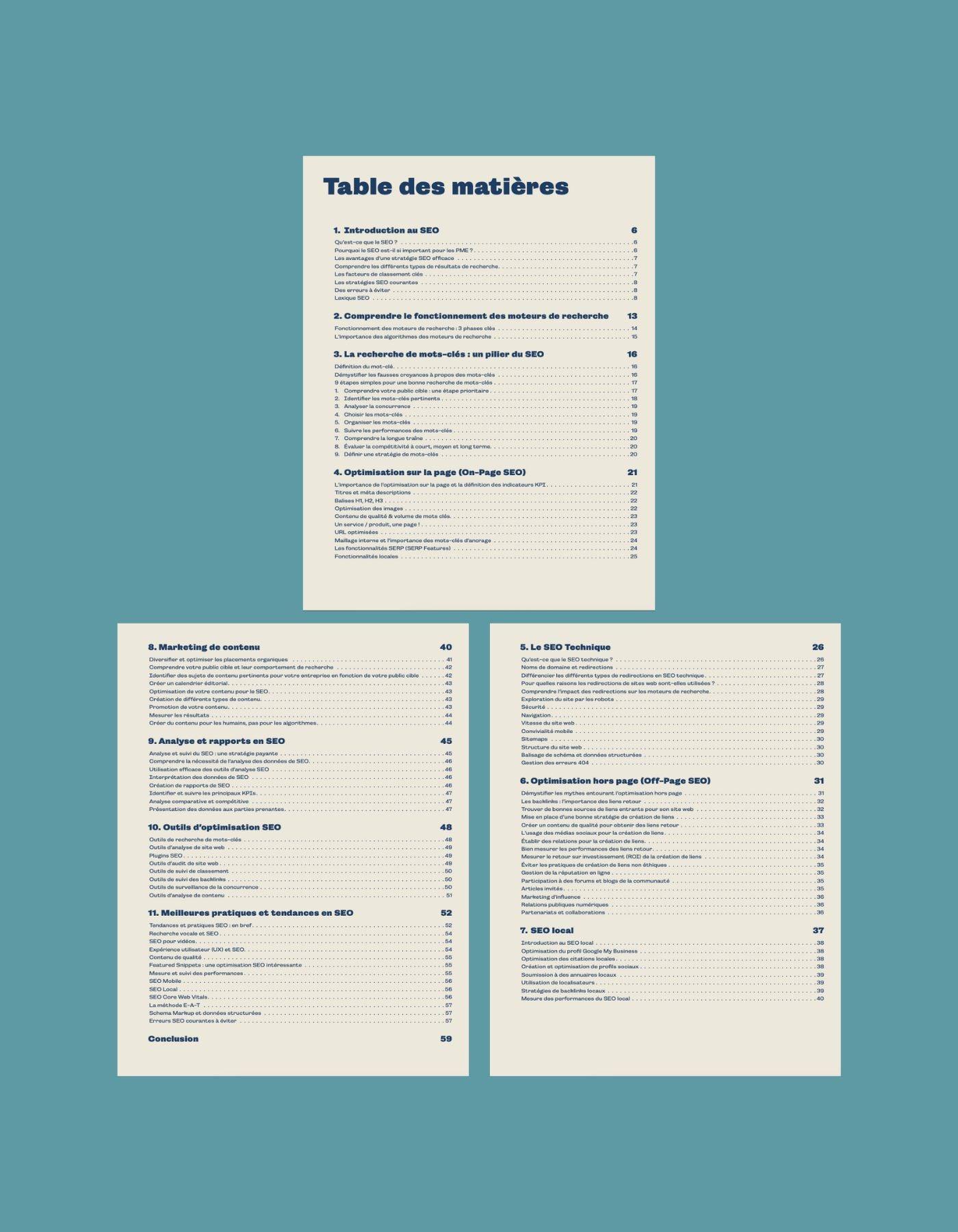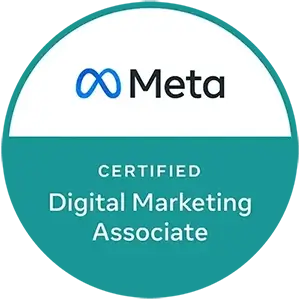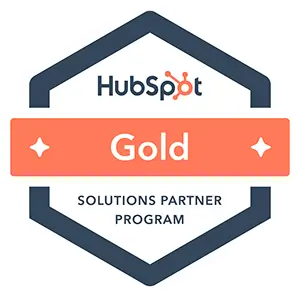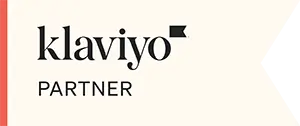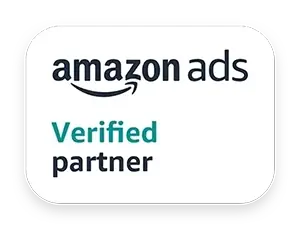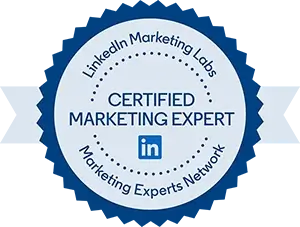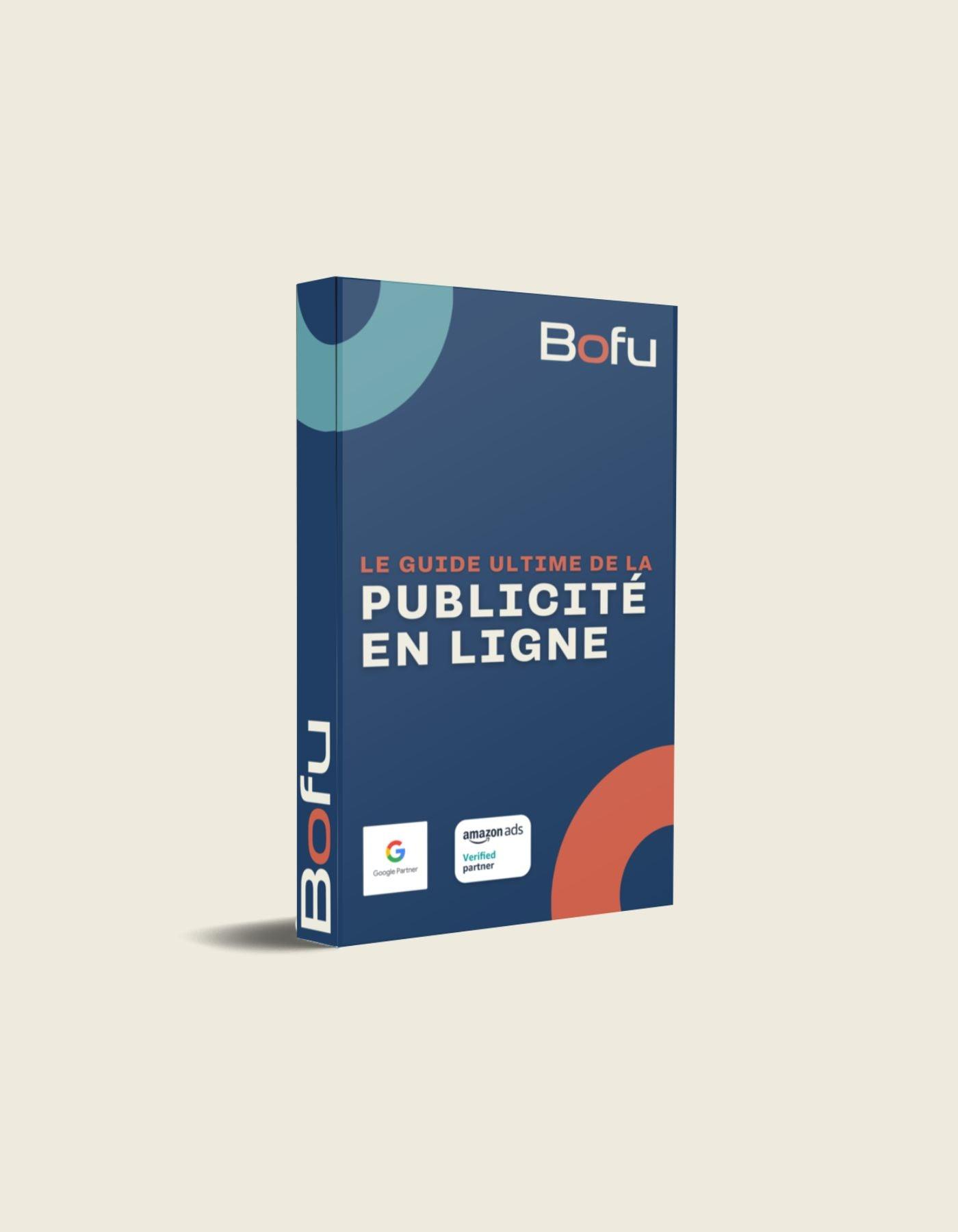
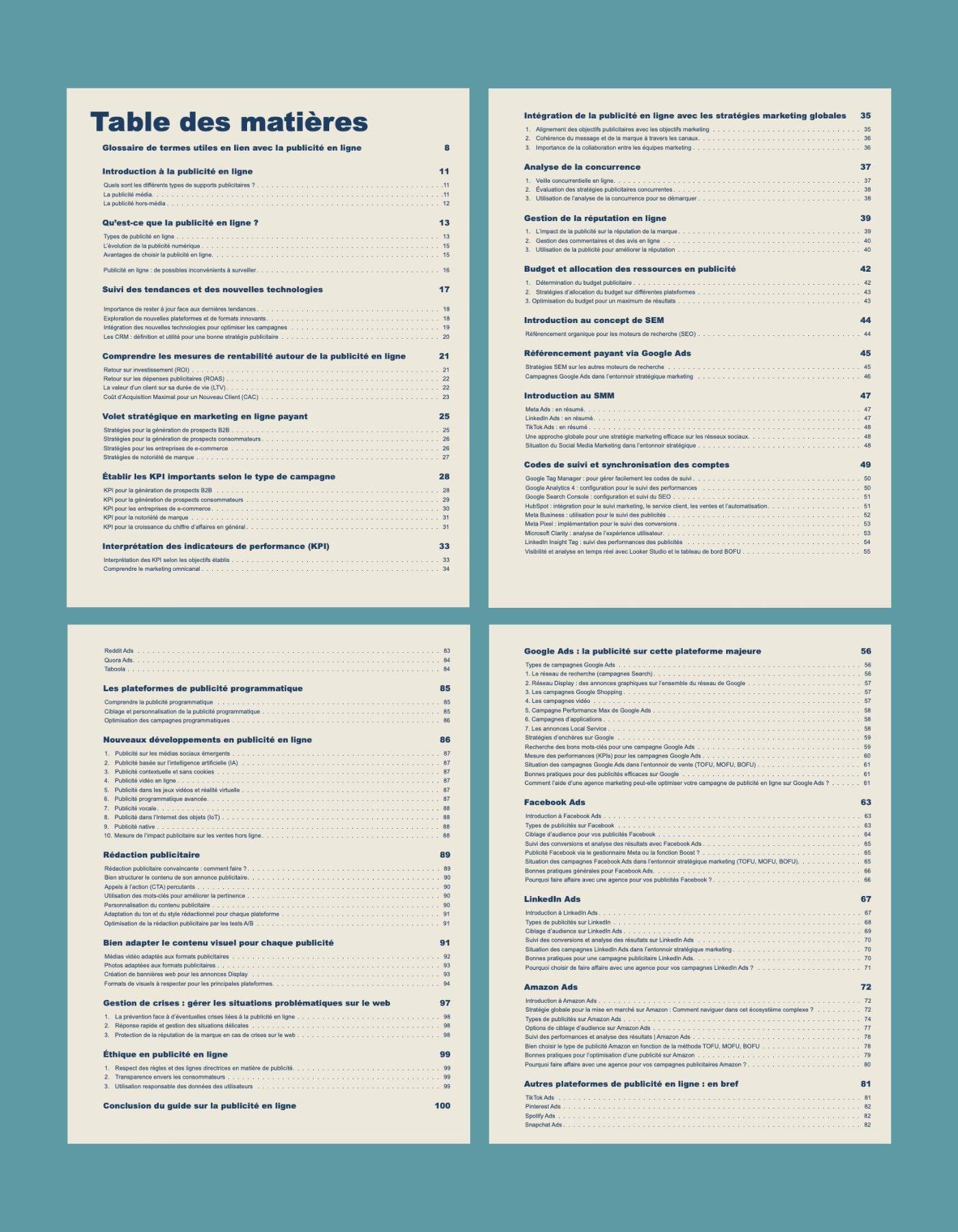

The Online Advertising Ultimate Guide 2025 (French)
The guide will be emailed to you within a minute of placing your order!
Choose options
The guide will be emailed to you within a minute of placing your order!
The guide will be emailed to you within a minute of placing your order!
Online advertising is a dynamic and complex landscape. Whether you're a newbie looking to break into the world of digital marketing or an experienced professional looking to hone your skills, The Ultimate Guide to Online Advertising 2023 is your go-to resource.
With in-depth knowledge, practical tips and real-world examples, this guide provides a comprehensive overview of the online advertising industry today.
The challenges marketing managers face are numerous and ever-changing, but with the right resources, they can be overcome. The Ultimate Guide to Online Advertising 2023 is designed to guide you through every aspect of online advertising , from strategic planning to execution, analysis and optimization.
understand digital advertising in 101 pages
Contents
online advertising
Frequently asked questions about SEM and SMM
General Online Advertising
Online advertising is the promotion of products or services via the Internet, for example, using Google Ads to display ads to those searching for specific keywords.
Online advertising allows user journey tracking and more precise targeting, such as targeting 18-25 year olds interested in fashion in Montreal, unlike traditional advertising such as television or newspapers.
It can reach a larger audience, like a local store that can target the whole city through Facebook Ads, at a lower cost than traditional advertising.
They include CPC advertising, like paying only when someone clicks on your Google ad, or social media advertising, like promoting a post on Instagram.
Understand your target audience, choose the right platforms, like using LinkedIn for a B2B business, and monitor performance to adjust your strategy.
It can quickly react to trends, such as creating a campaign around a viral event, thanks to real-time analysis and adaptation.
Yes, for example, a restaurant can use Google Ads to target locally, while a technology company can use Twitter Ads to reach a global audience.
By monitoring metrics like click-through rate on Google Analytics, or using the Facebook pixel to track conversions, like the number of sales generated by an ad.
High competition, like bidding on popular keywords on Google, and the need for constant expertise due to frequent changes in algorithms and platforms.
It depends on your skills; a small business with a limited budget may use Google Ads, while a larger business may prefer to hire a specialist agency to manage a complex campaign across multiple platforms
It depends on the strategy. Targeted ads can generate leads for follow-up, like capturing emails with a free white paper, or driving direct sales with a special offer.
Use clear calls to action, like a "Buy Now" button on Google Ads, and attractive offers, like a time-limited discount to encourage immediate purchases.
Actions can include adjusting bids, testing new ads, or revising targeting, such as changing the target age if an ad isn't reaching the right audience on Instagram.
A well-designed landing page that matches the ad can increase conversions. For example, if the ad promises a free demo, the landing page should make it easy to access.
Yes, different platforms offer different tracking tools. For example, Google Analytics tracks bounce rate, while Facebook offers analytics on user engagement.
Your campaign objectives guide your KPIs. If the goal is brand awareness, impression share can be key. If it's sales, then the conversion rate will be key.
Yes, different platforms offer different tracking tools. For example, Google Analytics tracks bounce rate, while Facebook offers analytics on user engagement.
Marketing, sales, and analytics teams need to collaborate. For example, sales can provide insight into customer needs to help create more relevant ads.
Advertising Platforms
No, the CPL may vary. For example, LinkedIn may have a higher CPL than Facebook because it targets professionals, but may generate higher quality leads for a B2B business.
You can reduce CPL by optimizing targeting, such as targeting specific interests on Facebook to reach a more relevant audience, or testing different ad formats to see what converts best.
On-Page SEO focuses on optimizing the content and HTML source code of a page, while technical SEO refers to optimizing your website for the crawling and indexing phase, l improved website speed, guaranteed mobile compatibility, and more.
Determine where your target audience is; for example, a fashion brand may prefer Instagram, while a software company may choose LinkedIn.
Yes, multi-channel advertising, like using Google Ads with Facebook, can increase the reach and effectiveness of your campaigns.
You set a maximum bid, for example, €1 per click on Google Ads, and if it is the highest, your ad is displayed.
Facebook and Google Shopping, for example, offer great options for online stores because of their ad and targeting formats.
Organic advertising, like posting photos on Instagram without paying, reaches your audience naturally, while paid advertising, like promoting those photos, reaches a wider audience.
Use tools like Facebook Pixel to measure specific actions, like how many people purchased a product after clicking on your ad.
Platforms like TikTok Ads can offer unique opportunities at a lower cost, for example, targeting younger users with creative video content.
Use verification and monitoring tools and work with reputable ad networks, such as avoiding dubious sites that offer cheap clicks.
Automation, such as using algorithms to buy ad space on various websites in real time, allows ads to be served to specific audiences efficiently.
Campaign Maintenance, Optimization, Pricing and Average Returns
Choose a platform, like Google Ads, define your target audience, like sports fans in a specific city, and track your performance to adjust as needed.
Test different elements, like images or text in a Facebook ad, to see what works best and adjust accordingly.
Costs vary, but for example, a click on Google Ads can cost anywhere from a few cents to several dollars, depending on competition and targeting.
Use tracking tools, such as comparing the sales generated by a $100 Facebook campaign with the initial cost, to determine profitability.
Yes, you can adjust things like bidding or real-time targeting, for example, increasing your budget on Google Ads if an ad is performing well.
This can include lack of conversion tracking, such as not knowing how many calls were generated by an ad, or targeting too broadly without considering specific audience interests.
Use geotargeting, for example, promoting a special offer in Paris on Facebook, to reach people in a specific region.
This involves targeting people who have already interacted with your site, such as showing a shoe ad to someone who visited your shoe page but didn't make a purchase.
Familiarize yourself with local laws, such as GDPR in Europe, Law 25 in Quebec or CCPA in the USA and work with reputable platforms that comply with these regulations.
Future Trends and Importance of Innovation
Trends include increased automation, such as using AI to adjust bids, and the use of augmented reality, such as trying on glasses virtually on Facebook.
AI can automate bidding, such as adjusting Google Ads spend based on performance in real time, or creating personalized ads based on user behavior.
It allows you to stay competitive, like being the first to use a new platform like TikTok to reach a new audience.
Challenges include staying up to date with rapid technological changes and constantly adapting to new platforms and methods.
Probably, as it continues to evolve with technology and consumer habits, such as the increasing adoption of mobile and connected devices.
It includes concerns like data privacy and responsible use of technology, such as not using AI to deceptively manipulate consumer behaviors.
For example, by choosing servers and platforms that use renewable energy or creating campaigns that highlight the sustainability of your products.
